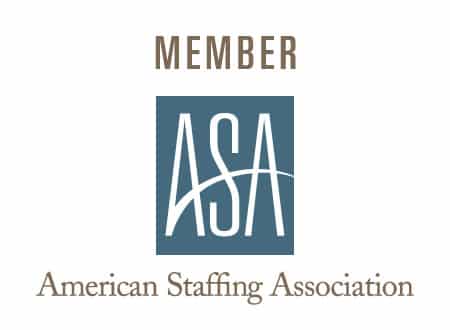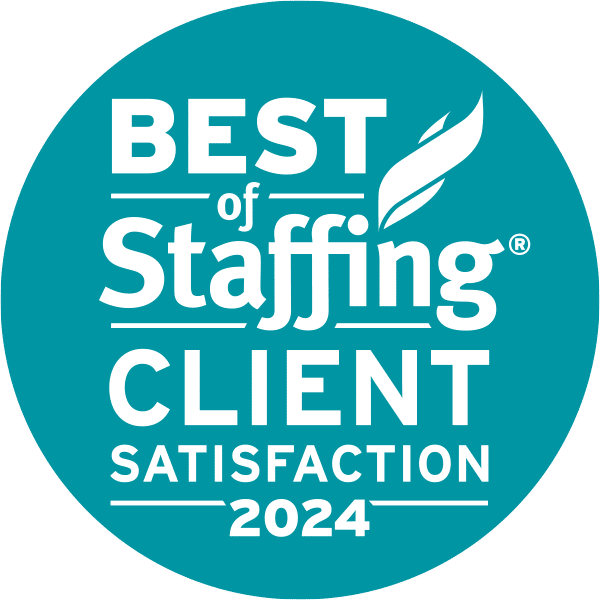Have your leadership skills kept pace with our rapidly changing business environment?
If you’re still stuck in the directive, “top-down” mode of managing employees, your leadership skills are about as current as a Donna Summers 8-track. Simply put, factors like globalization and new technologies have rendered traditional models of corporate leadership obsolete.
Why? As business managers throughout Middle Tennessee are forced to compete in a more volatile and complex environment, the traditional “command and control” approach to leadership is now neither dynamic nor sophisticated enough to handle the increasingly complex flow of information among employees.
Old leadership paradigms are being rapidly replaced by models that better support the needs of the 21st century manager. In a recent Harvard Business Review article, Boris Groysberg and Michael Slind proposed a new model called “organizational conversation.” They based their leadership model on interviews with more than 150 leaders at all types or organizations (large and small, blue chip and start-up, for-profit and nonprofit, U.S. and international). After over two years of research, Groysberg and Slind concluded that today’s smart leaders:
- engage employees in a way similar to ordinary person-to-person conversations;
- foster cultural norms that instill conversational sensibility at all levels within the organization;
- talk to employees, rather than simply issuing orders.
As a result, the best leaders enjoy increased operational flexibility, higher levels of employee engagement and tighter strategic alignment – factors critical to thriving in a rapidly changing operating environment.
Organizational conversation is based on four essential elements of interpersonal communication:
- Intimacy. Successful organizational conversation requires managers to minimize the distances (be they attitudinal, institutional or spatial) that typically separate them from their employees. Conversationally adept leaders step down from their corporate perches and earn the trust (and attention) of their staff.
- Interactivity. Leaders must talk with employees and not just to them. To succeed, leaders must create a culture that encourages true dialog and provide staff with the tools and support they need to speak up and (when appropriate) talk back.
- Inclusion. Organizational conversation requires employees at all levels to share ownership of the substance of their discussions. As a result, everyone generates the content that makes up a company’s story. When a spirit of inclusion takes hold, engaged employees become the organization’s brand ambassadors, thought leaders and storytellers.
- Intentionality. Organizational conversations are open but not aimless. Over time, the many voices that contribute to the process of communication must converge on a single shared agenda that aligns with the company’s business objectives.
To learn more about each of these organizational conversation elements, and how to incorporate them in your leadership style, I strongly suggest reading the entire HBR article.
Lead Your Middle Tennessee Business to a More Successful Future with Wood Personnel
A strong relationship with a staffing partner like Wood Personnel is critical to succeeding in today’s – and tomorrow’s – operating environment. As your company’s needs continue to become more fluid, we can help you stay flexible and quickly access the specialized expertise you need. Learn more about our executive search, recruiting and staffing solutions for Middle Tennessee employers.


